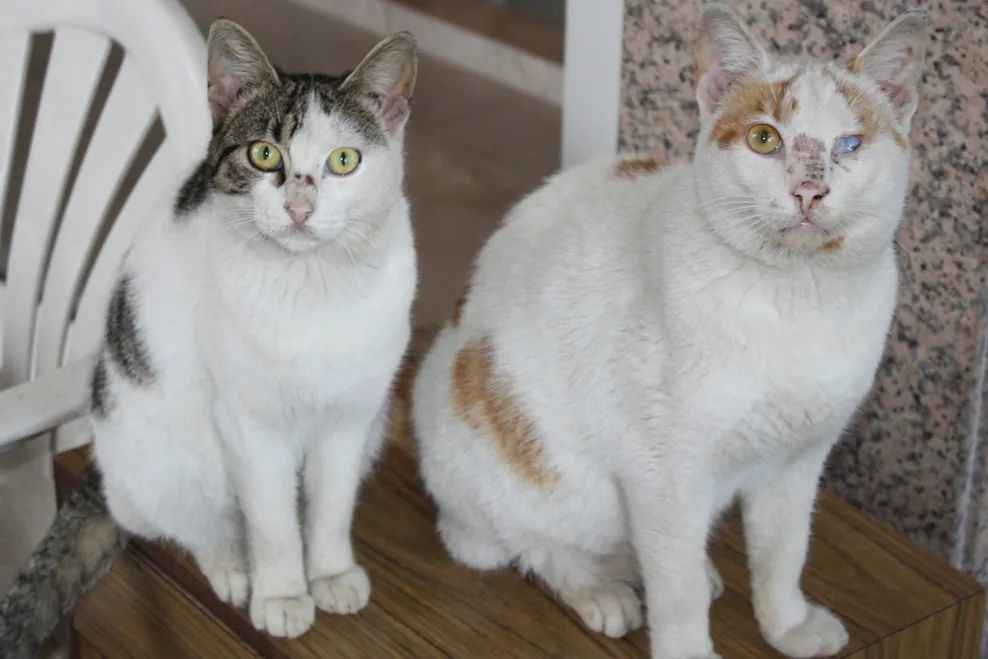NICOSIA, Cyprus – Roaming freely through the streets, ancient ruins, and coastal villages of Cyprus, a distinctive feline with amber or tabby coats has become an iconic symbol of the island. These are Cyprus cats, often hailed as "living fossils" and cherished as a unique part of the Mediterranean nation’s heritage.
Archaeological evidence traces the roots of Cyprus cats back 9,500 years, making them one of the earliest domesticated cat breeds in history. A pivotal discovery in 1983 at the Neolithic site of Khirokitia revealed cat remains buried alongside human skeletons, pushing back the timeline of human-feline coexistence and solidifying the breed’s status as a living link to ancient civilizations.
Physically, Cyprus cats are medium-sized with muscular builds, large forward-tilting ears, and striking copper or green eyes—adaptations that suit the island’s warm climate. Known for their alert yet gentle demeanor, they’ve earned a reputation as "lucky charms" among locals. Protected by cultural norms and informal conservation efforts, these cats thrive in both urban and rural areas, often cared for by communities that view them as part of the island’s natural heritage.
From mythological associations in ancient times to their modern role as beloved street dwellers, Cyprus cats embody the island’s spirit of resilience and continuity. More than just animals, they are living ambassadors, weaving through Cyprus’ past and present as a testament to its unique ecological and cultural tapestry.

